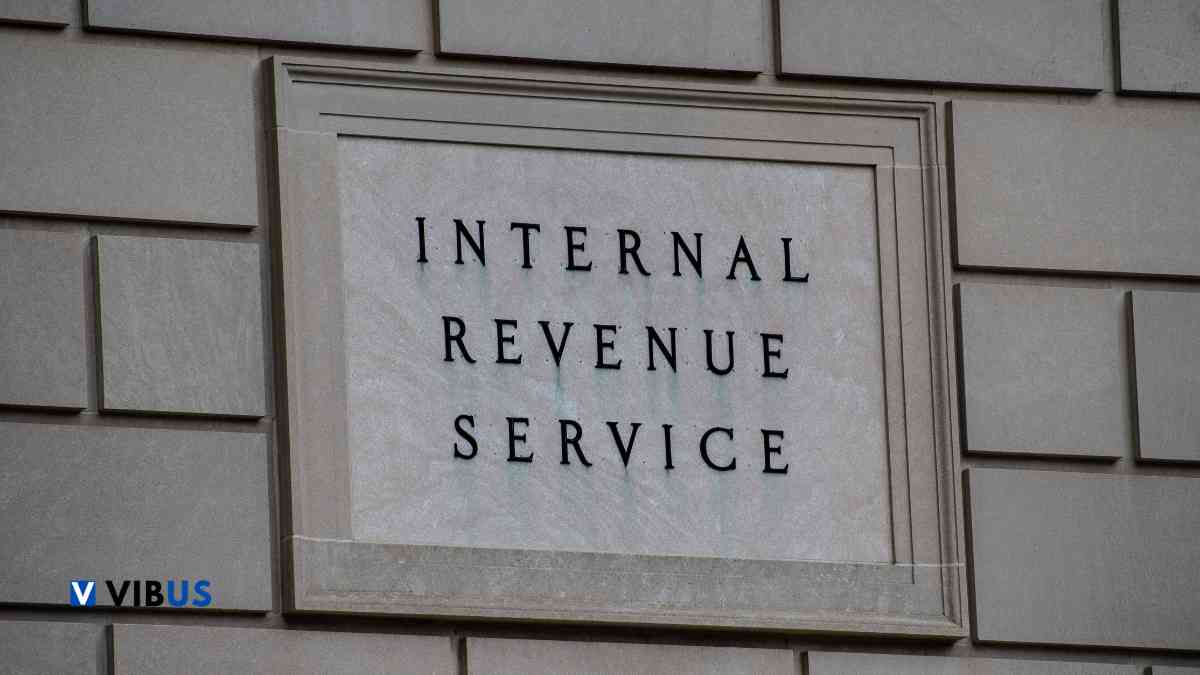The United States Internal Revenue Service (IRS) has announced the national expansion of its Direct File program, allowing taxpayers from all states to file their tax returns directly to the government for free. Initially tested in twelve states, this initiative has proven successful, prompting the IRS to implement it permanently starting in 2025 and to plan its expansion to more taxpayers in the coming years.
Launched as a pilot program in 2020, Direct File was designed to simplify the tax filing process, offering a free electronic filing alternative. The pioneering states included Arizona, California, Florida, Massachusetts, Nevada, New Hampshire, New York, South Dakota, Tennessee, Texas, Washington, and Wyoming. With more than 140,000 users in its inaugural year, the positive response led the IRS to consider a broader implementation.
Background of the IRS Direct File program
The IRS introduced Direct File to streamline tax filings, providing a no-cost electronic option for taxpayers. Initially available in select states, the program quickly gained traction, demonstrating its effectiveness and the public’s readiness for such a service. The IRS’s goal was to make tax filing more accessible and less burdensome, ultimately enhancing taxpayer satisfaction and compliance.
According to IRS Commissioner Danny Werfel, the expansion of Direct File is a response to the popular demand for no-cost electronic filing options. “Offering more alternatives not only strengthens our tax system but also significantly eases the filing process for citizens, allowing them to save time and money,” Werfel explained.
Objectives and benefits of the expansion
The program was designed not just to simplify life for taxpayers but also to improve efficiency and reduce administrative costs associated with tax filings. By expanding Direct File, the IRS aims to meet the growing demand for accessible and cost-free tax filing services, ensuring that taxpayers have a reliable option to fulfill their tax obligations without incurring additional expenses.
Moreover, the expansion supports the IRS’s broader goal of modernizing its services and making them more user-friendly. By providing a straightforward and intuitive filing process, the IRS hopes to increase voluntary compliance and reduce the burden on both taxpayers and the tax administration system.
Collaboration with the states
A key part of the IRS’s expansion strategy involves working closely with states that wish to integrate into the Direct File program. This collaboration is crucial to tailoring the service to each state’s unique tax regulations, ensuring the program is effective and accessible to a wider range of taxpayers.
Additionally, the IRS plans to expand the program to cover a broader range of tax situations, enabling more people to benefit from this service.
This collaborative approach ensures that the Direct File system meets the specific needs of taxpayers in different states, providing a seamless and efficient tax filing experience.
The IRS’s partnership with states is essential for the program’s success. By aligning the Direct File system with state tax laws and regulations, the IRS ensures that taxpayers can accurately and efficiently file their taxes without confusion or errors. This collaboration also helps states enhance their own tax administration processes, leading to better overall compliance and revenue collection.
Impact on the IRS Free File system
It is important to note that the implementation of Direct File will not eliminate the existing Free File system, which collaborates with commercial partners to offer free filing software to taxpayers with incomes below certain thresholds. According to the IRS, Direct File will complement the available options, providing a wider range of tax solutions tailored to the needs of all American citizens.
The existing Free File program remains a vital component of the IRS’s strategy to provide free tax filing options to eligible taxpayers. Direct File adds another layer of convenience, particularly for those who prefer to file directly with the IRS. This complementary approach ensures that all taxpayers, regardless of their income level, have access to the resources they need to file their taxes efficiently and accurately.
Preliminary results from the Direct File pilot program have been extremely positive. According to IRS surveys, an impressive 90% of users rated their experience as excellent, highlighting the service’s ease of use, reliability, and cost-free nature. These reactions underscore the potential of Direct File to transform how Americans interact with the tax system.
The feedback from the pilot program indicates a high level of satisfaction among users, reinforcing the IRS’s decision to expand the program. By addressing common pain points in the tax filing process, Direct File has the potential to increase taxpayer satisfaction and compliance rates, ultimately benefiting both taxpayers and the IRS.
Looking ahead
As Direct File prepares for its large-scale implementation in 2025, the IRS continues to work on adjustments and improvements, ensuring the program can handle a larger volume of filings and adapt to diverse tax situations. The expansion of this program promises not only to ease the filing process for millions of Americans but also to mark a significant step toward a more accessible and less costly tax system.
The IRS is committed to refining and enhancing Direct File to meet the needs of a growing number of taxpayers. By continuously improving the system’s functionality and user experience, the IRS aims to provide a reliable and efficient tax filing option that simplifies the process for all taxpayers.
The expansion of the Direct File program by the IRS is a clear example of how tax administration can innovate in response to taxpayer needs.
With a focus on accessibility, efficiency, and user satisfaction, the IRS is setting a new standard in providing tax services that could serve as a model not only in the United States but in other tax jurisdictions around the world.
The IRS’s proactive approach to modernizing tax filing services demonstrates its commitment to improving the taxpayer experience. By embracing technology and innovation, the IRS is paving the way for a more streamlined and user-friendly tax system that benefits everyone involved. This expansion of Direct File reflects a broader trend toward digital transformation in government services, aiming to make them more accessible and efficient for all citizens.




